No doubt, XMind is a great tool for brainstorming and creating visuals. However, if you want to share your mind maps with others, PDFs are a more universal format for sharing information.
You must be wondering if it is even possible to save the XMind file as a PDF. Well, it is! This article will guide you on how to convert XMind to PDF. We will explore two methods: using XMind's app and XMind online.
We will also introduce an amazing tool - UPDF, that will help you edit and read your converted PDF documents. Download it before you start reading further.
Windows • macOS • iOS • Android 100% secure
Let's dive in!
Part 1. How to Save XMind As a PDF with Xmind App?
In this section, we will explore how you can convert XMind to PDF within the XMind application. This method is very simple and easy to follow. It also ensures that you don't lose the format and quality of content even after the conversion. You can follow the instructions below to convert your XMind files to PDFs.
Step 1: Open the XMind app on your PC/laptop. Then, open the Mind Map you want to convert to PDF.
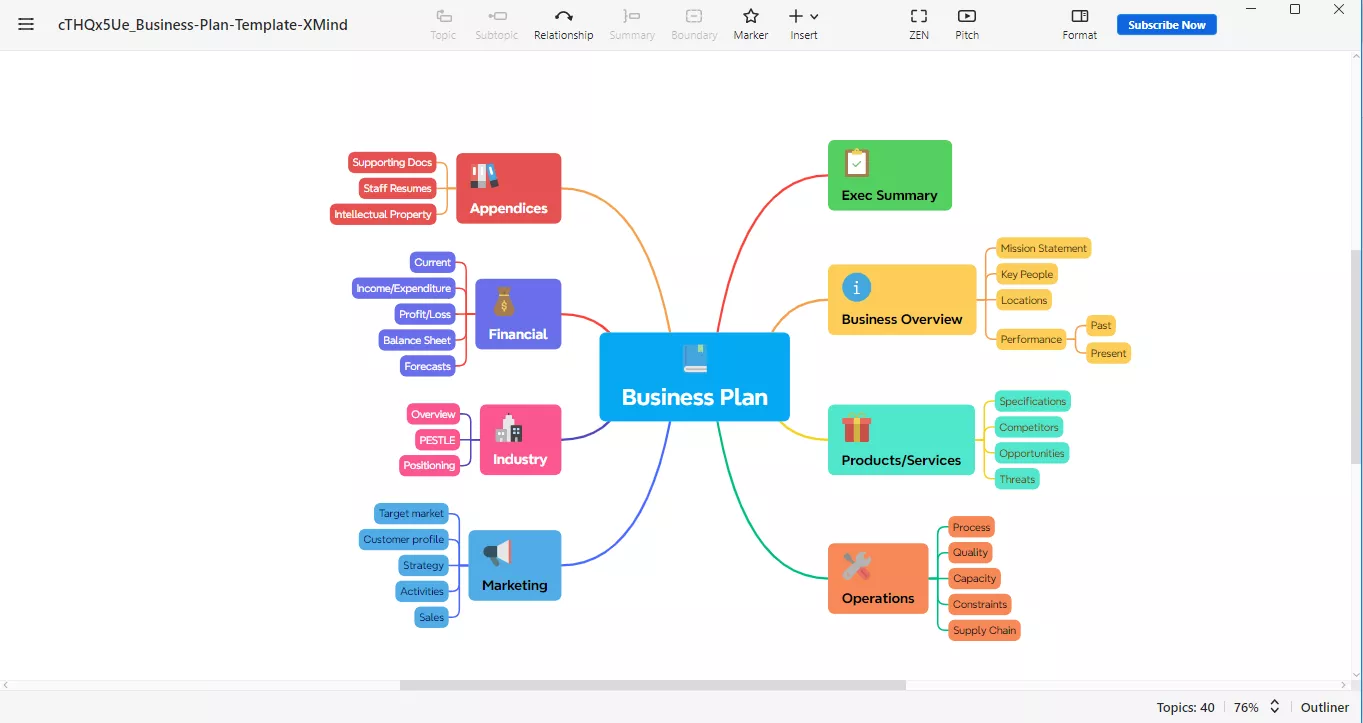
Step 2: Click on the top left button to open the menu. Then click the "Export" button.
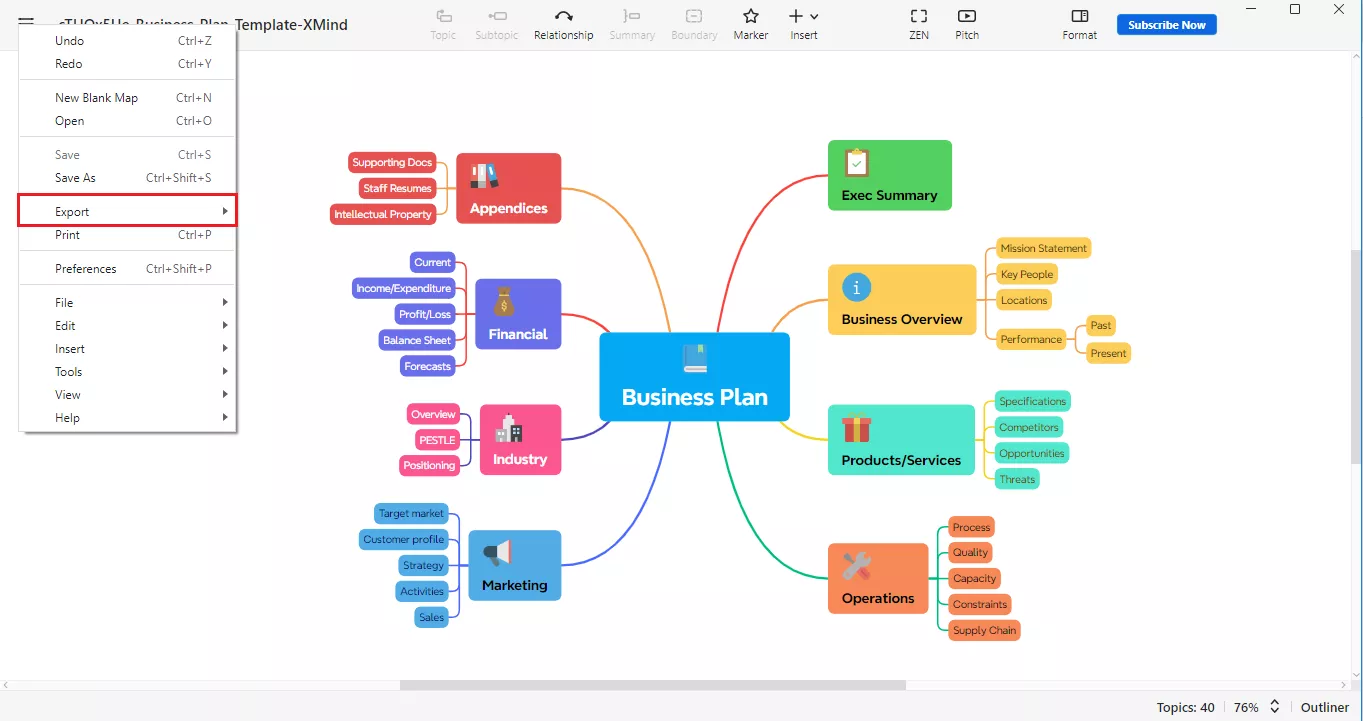
Step 3: After clicking "Export," you will see different options. Then, select "PDF" and proceed.
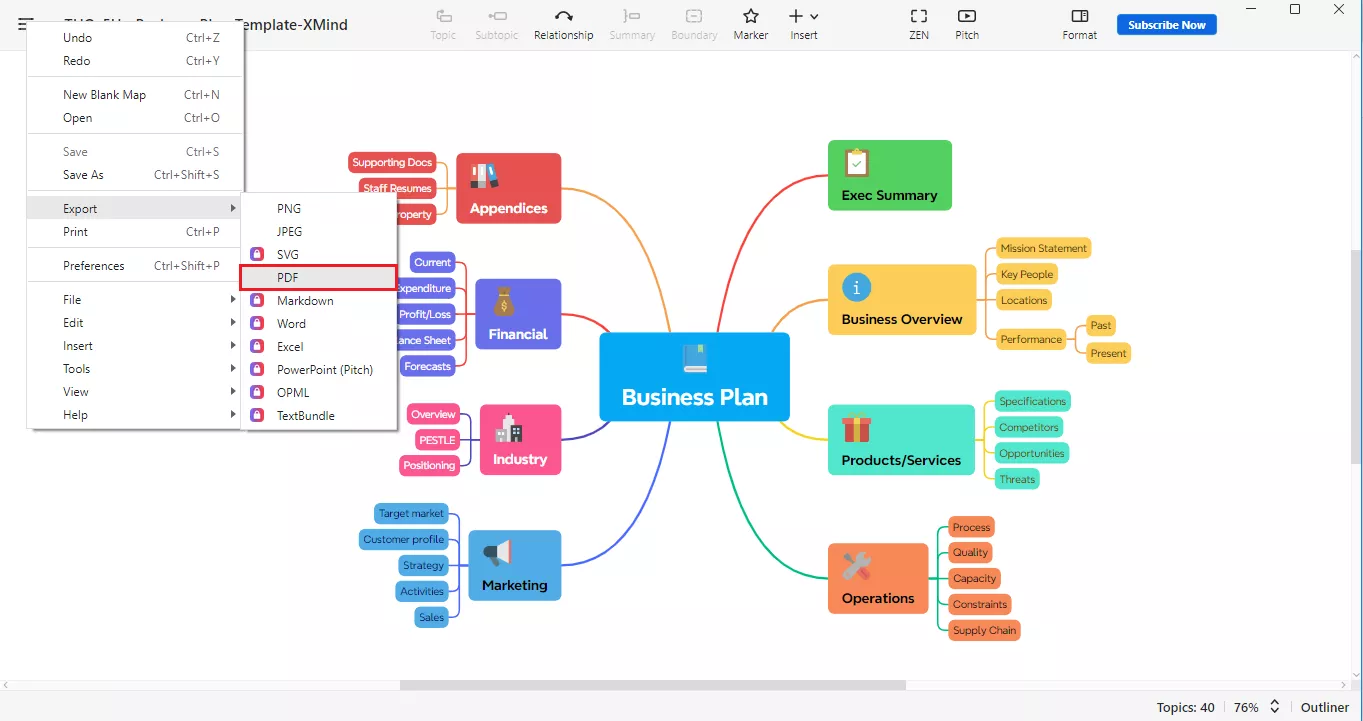
Step 4: Next, you will be asked for the customization. You can export the current page or file, change the background color, and more. When done, click the "Export" button.
(Note: Some customization options are enabled for Pro users only.)
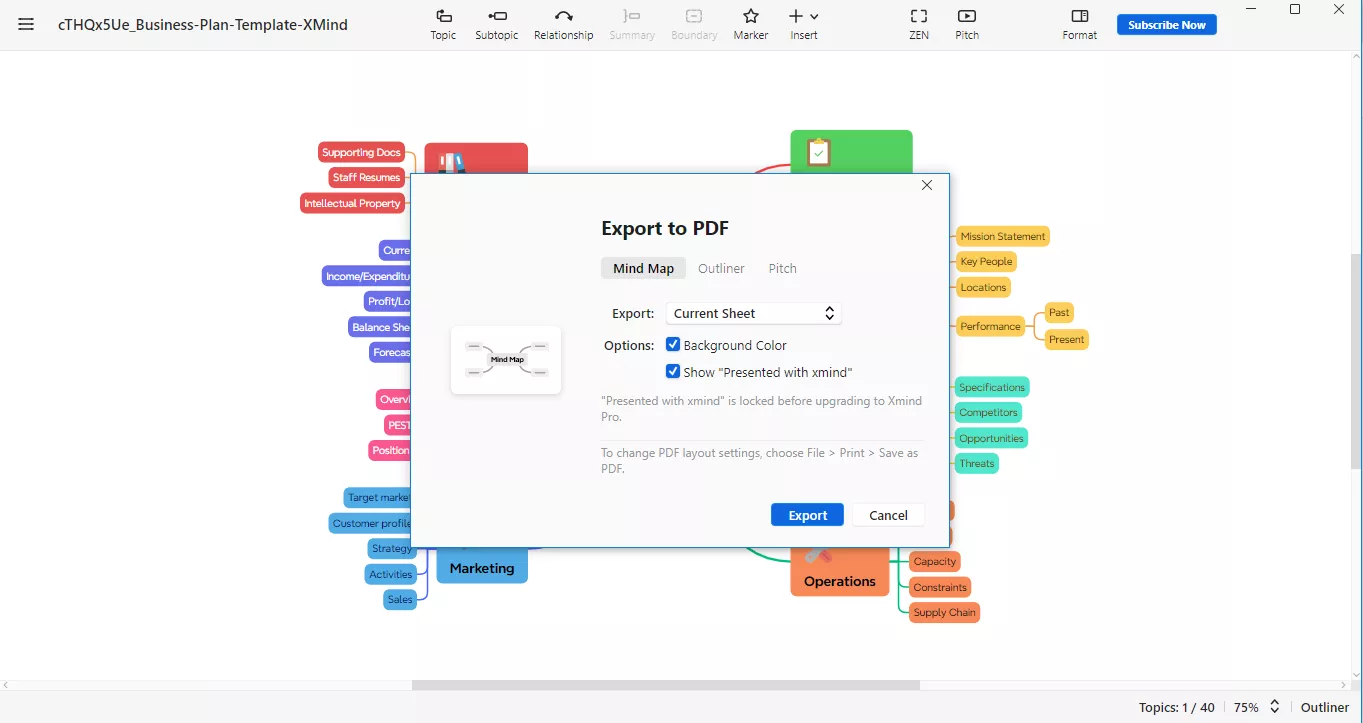
Step 5: After clicking the export button, XMind will start exporting your PDF. Then, it will ask for the file location where you want to save it. Select the location and click "Save."
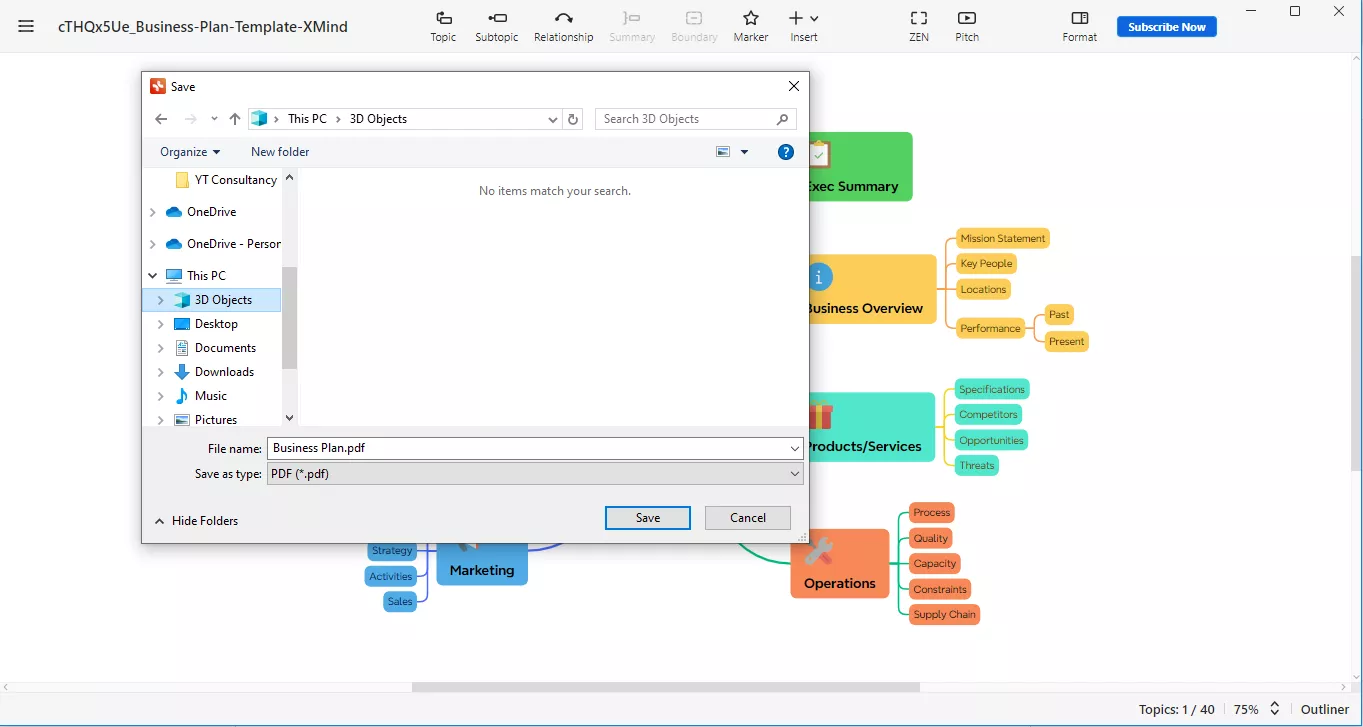
Please read the next part if you want to know how to save XMind as PDF with the XMind online.
Part 2. How to Convert XMind to PDF with XMind Online?
Sometimes, you may need to convert the XMind Mind Map to a PDF file without having access to the XMind app. It usually happens if you work online, on a different computer, or don't want to install the software.
In that case, you can use XMind online to convert XMind to PDF.
Let's explore how you can do that!
Step 1: Open your browser and visit the official website of XMind AI. Create an account if you are a new user, or sign in if you already have one.

Step 2: Now click the three-line box in the top left corner to open the menu. You can either create a new map by clicking "New Map" or import an existing one by clicking "Import file."
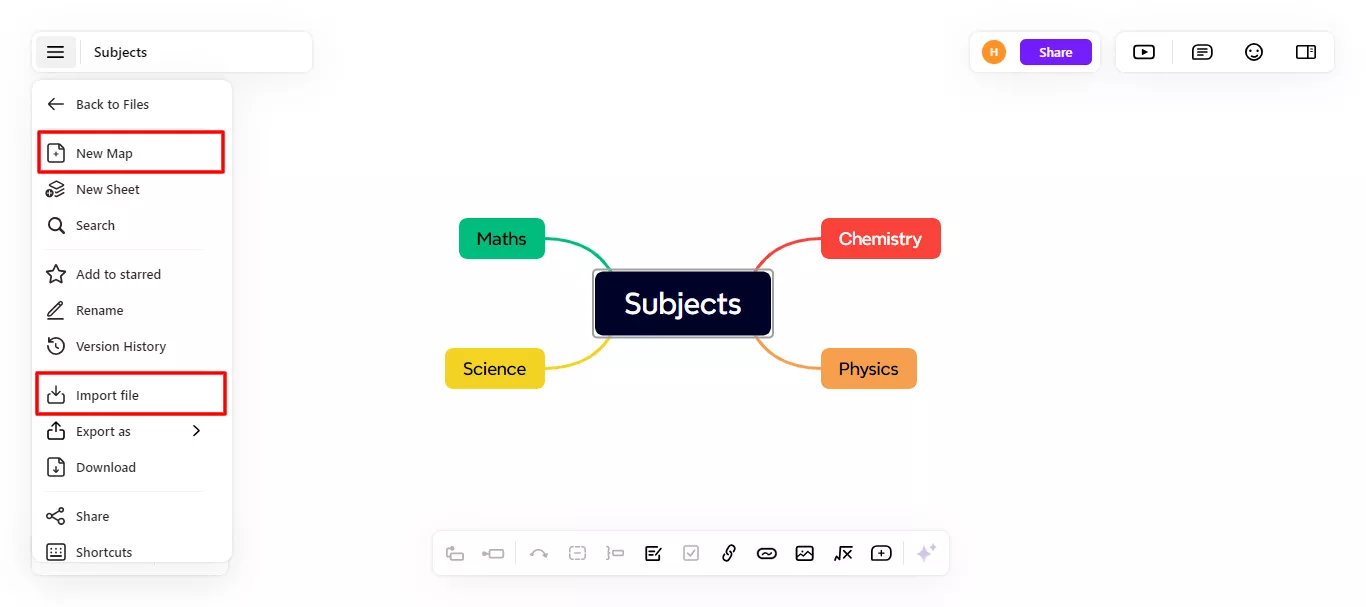
Step 3: Once your map is created, again click the three-line box and click the "Print" option.
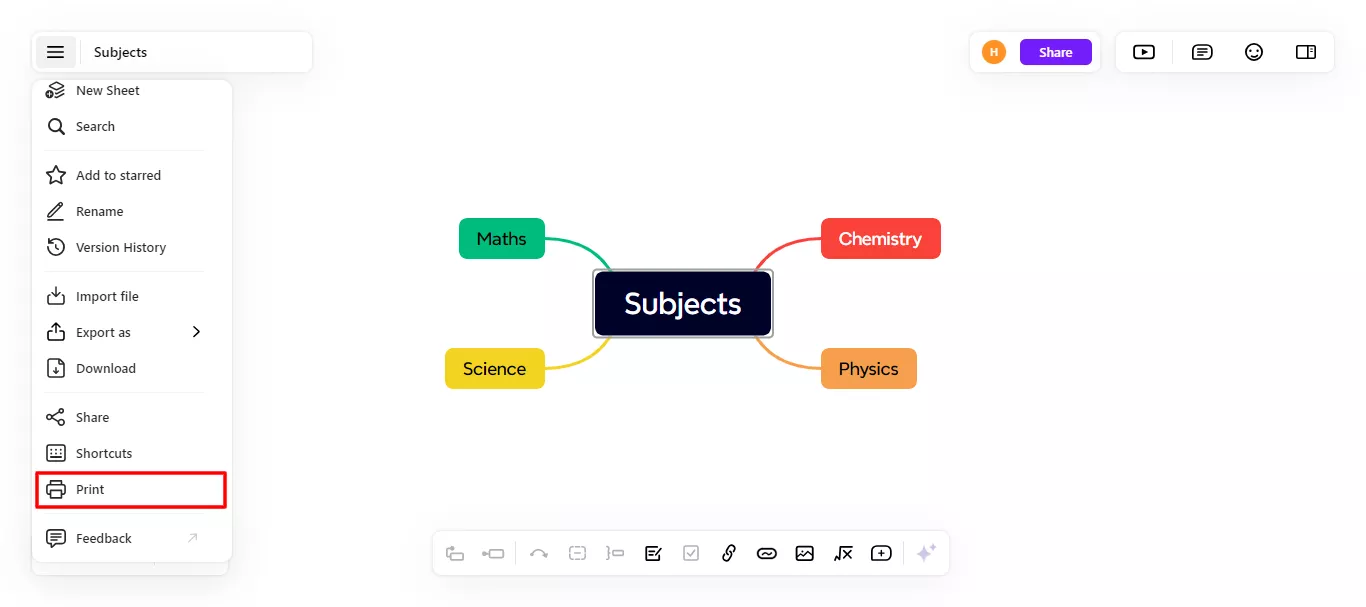
Step 4: After clicking the print option, a window will pop up. Select "Save as PDF" as the destination. Also, select the number of pages required.
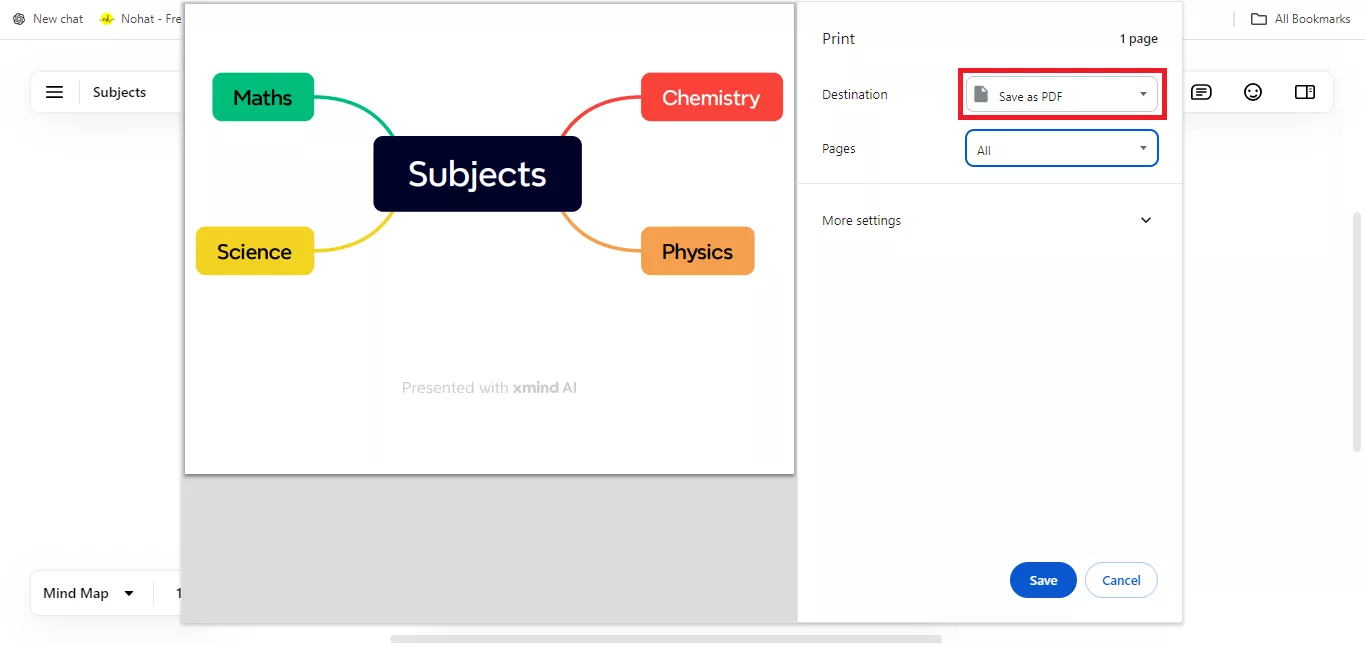
Step 5: Now, click the "Save" button and choose the location where you want to save your PDF file.
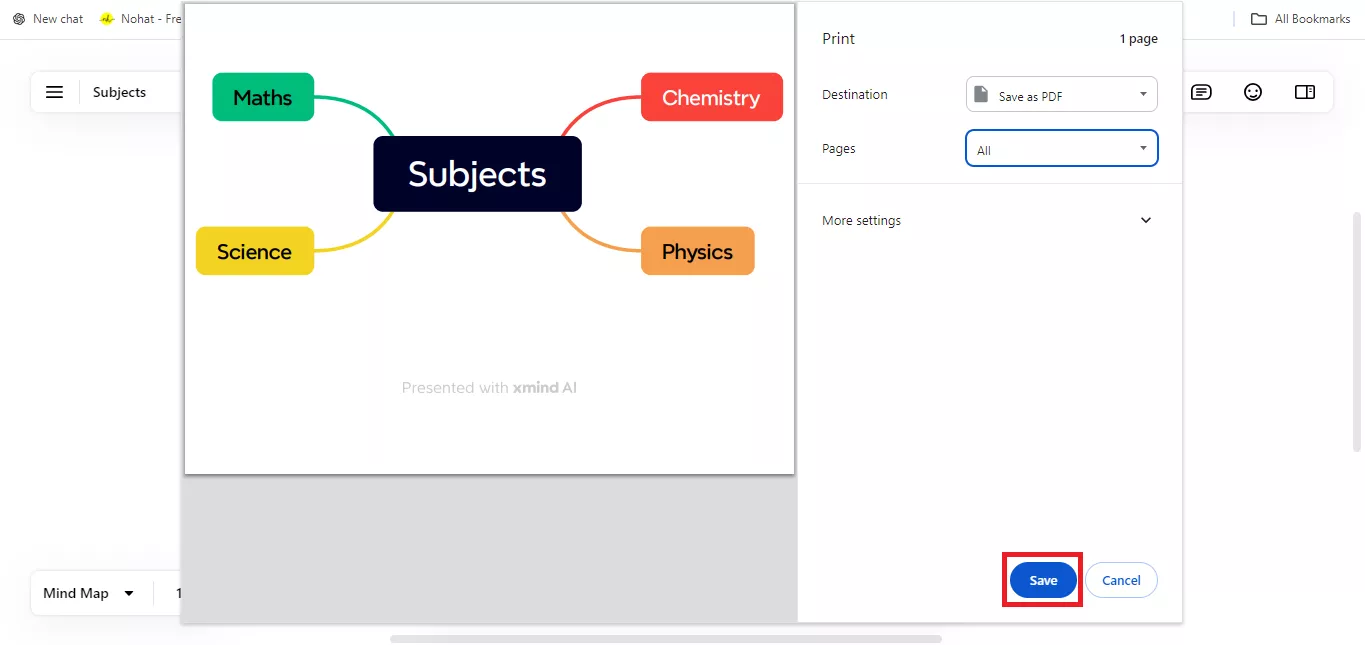
So, this is how you can convert XMind to PDF online using the XMind web-based version. This is ideal for those users who always have access to the internet and prefer to work online. Now that you have converted your XMind file to PDF, let’s explore how you can read and edit this PDF with ease.
Part 3. Bonus Tip: How to Edit and Read the Converted PDF from XMind?
After converting XMind to PDF, you might need a PDF reader and editor like UPDF. This amazing tool allows you to read, present, and edit PDFs. It is undoubtedly an excellent choice for this purpose. Unlike other tools, UPDF offers unique features to enhance your experience.
One feature that makes UPDF stand out is its ability to play PDFs as slideshows. This is usually helpful when you are presenting your PDF Mind Maps during presentations. You can also use the pointer and pencil tools to highlight key points and make annotations in real-time. This makes your presentations more interactive and engaging.
Moreover, if there is something that you want to change, UPDF also allows you to do that. You can use its editing tool to change text, images, and other elements within your PDF.
So, download UPDF now to enhance your experience working with PDFs.
Windows • macOS • iOS • Android 100% secure
Steps to Edit the Converted PDF in UPDF
After downloading and installing the UPDF software on your PC/laptop, you can follow the below instructions:
Step 1: Launch the UPDF software, and click "Open File" to open your converted PDF. You can also drag and drop it here.

Step 2: When the converted PDF is opened, click the "Edit" button in "Tools" on the left menu to open the editing tools.
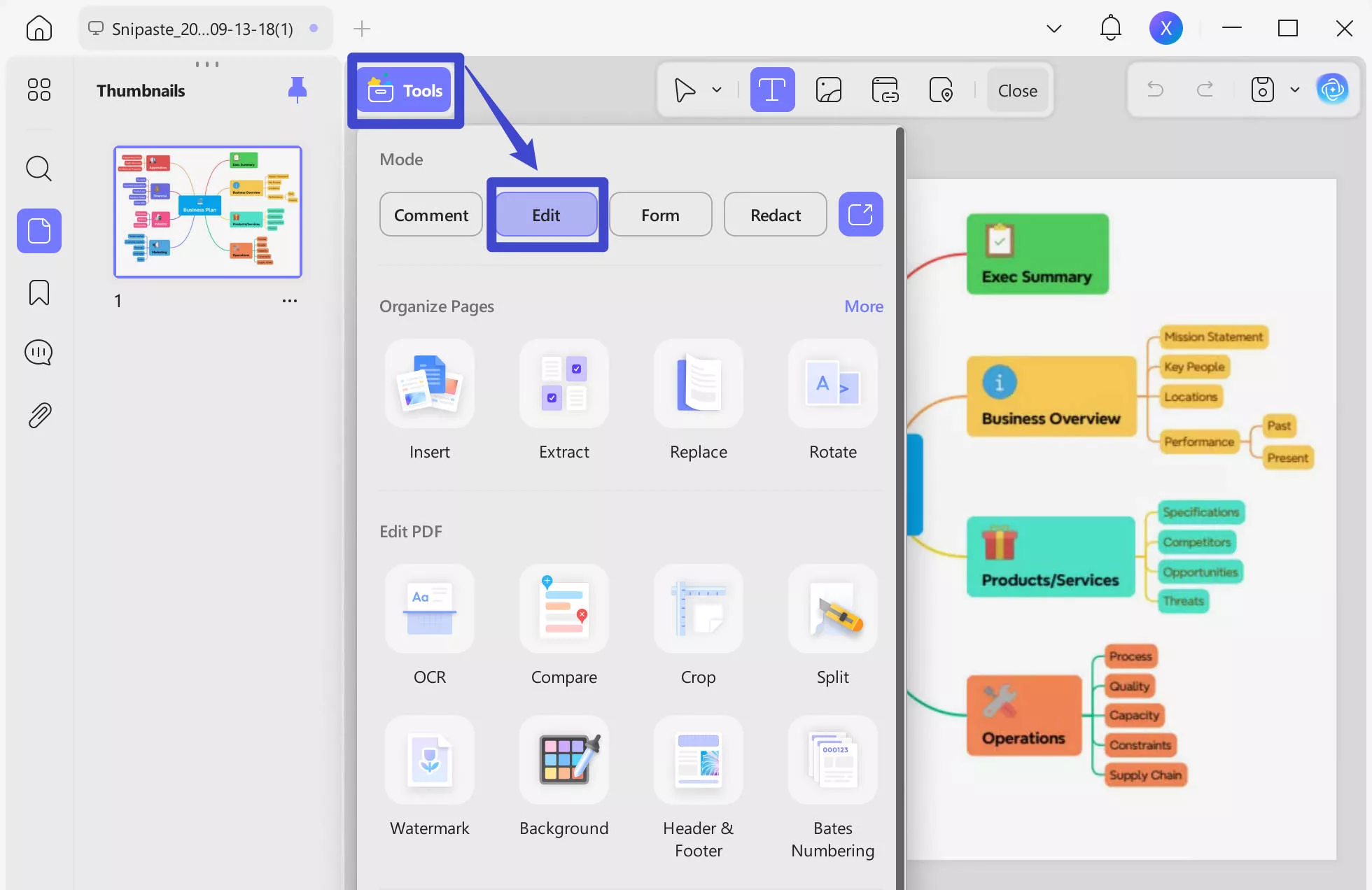
Step 3: If you want to edit text, click on the text to edit the existing one or replace it with a new one. Using the above toolkit, you can also change the text size, color, and layout.
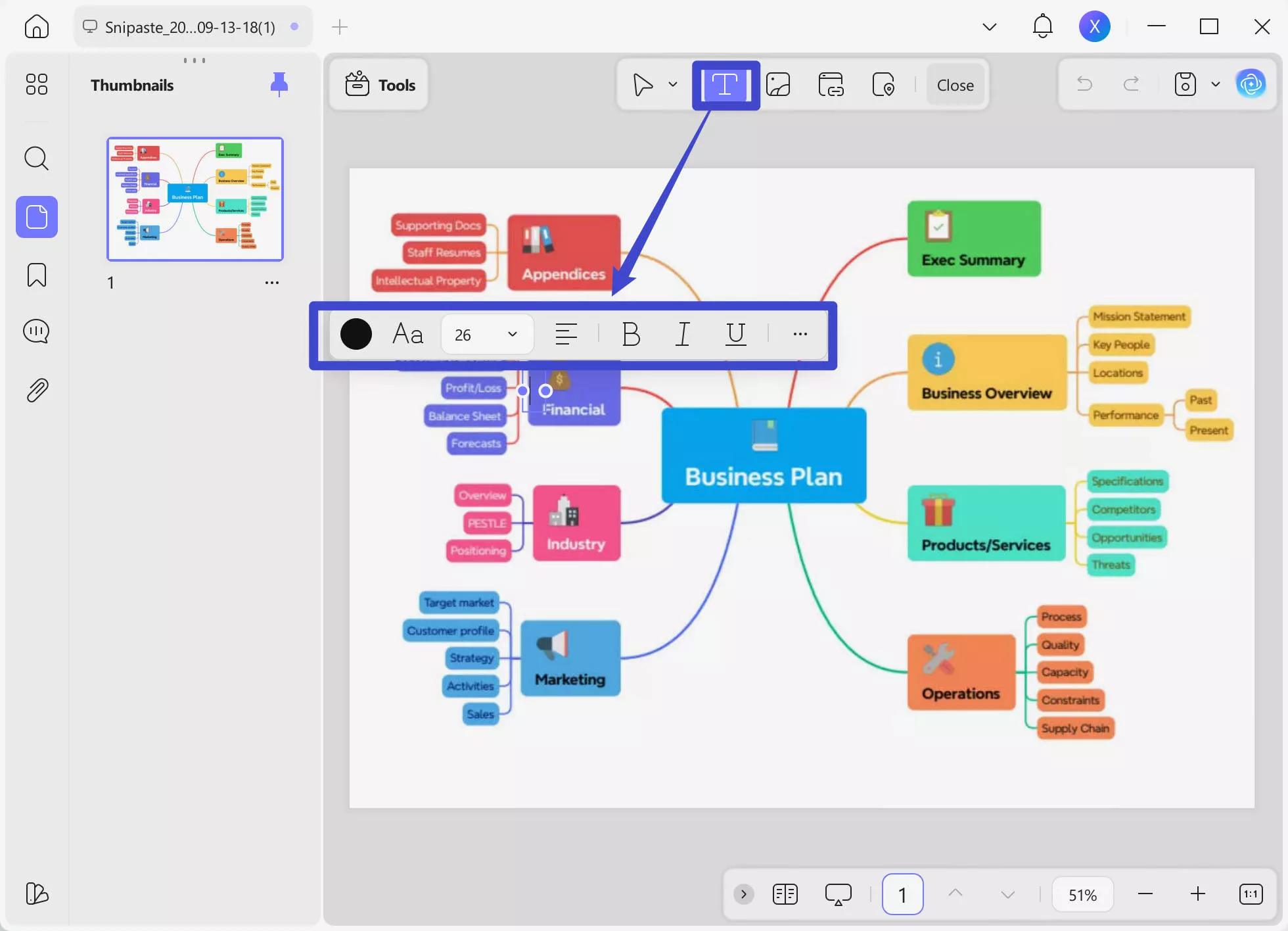
Step 4: Click the "Comment" button in "Tools" on the left menu to open the annotations tool. You can highlight text, add comments, stickers, and more.
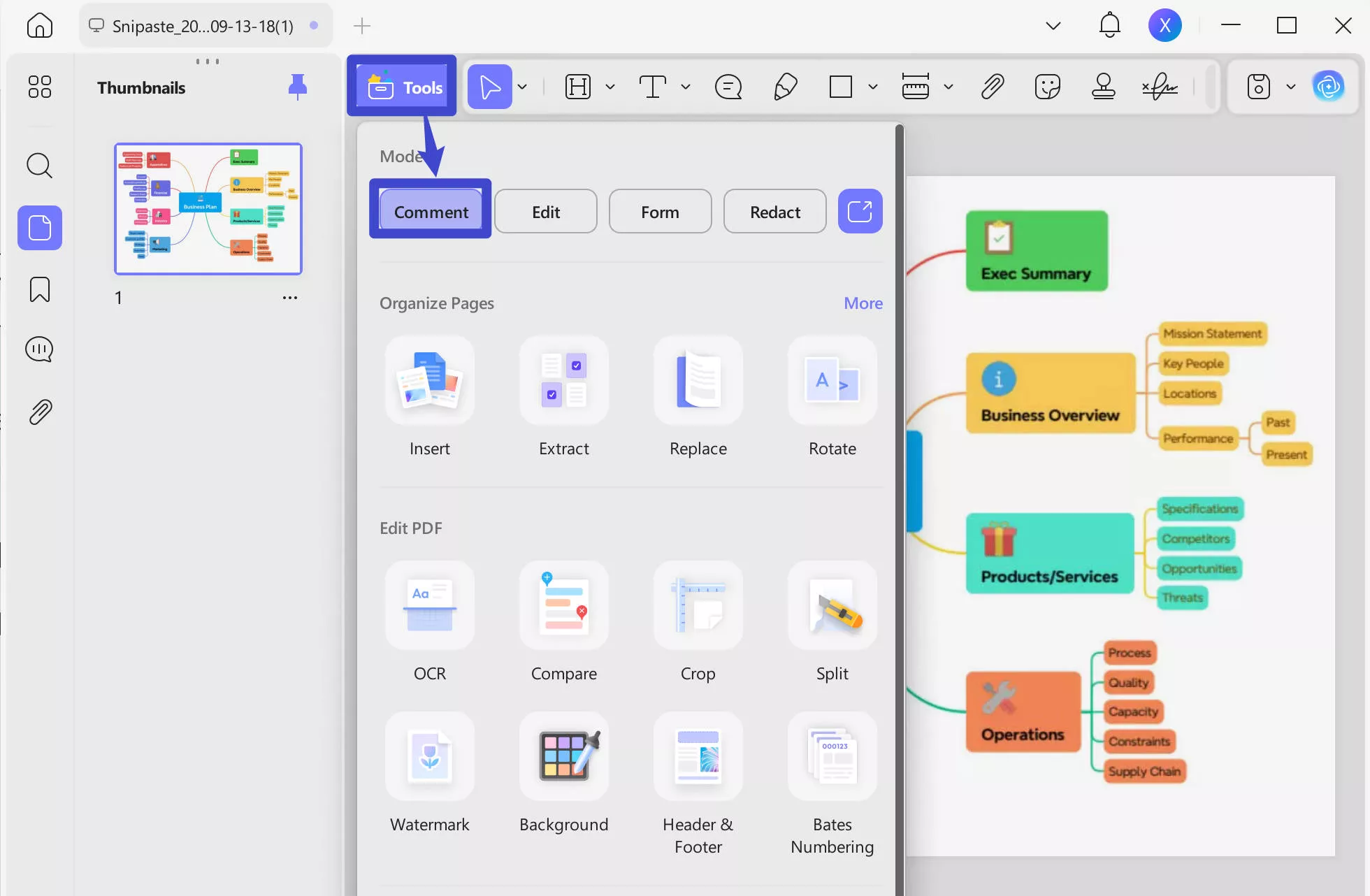
Step 5: When you are done editing, you might want to show it during your presentation. Well, UPDF also offers you a PDF reader.
If you want to present your PDF in the slideshow, you can make it happen within UPDF. Just click the "Slideshow" button and select the play mode.
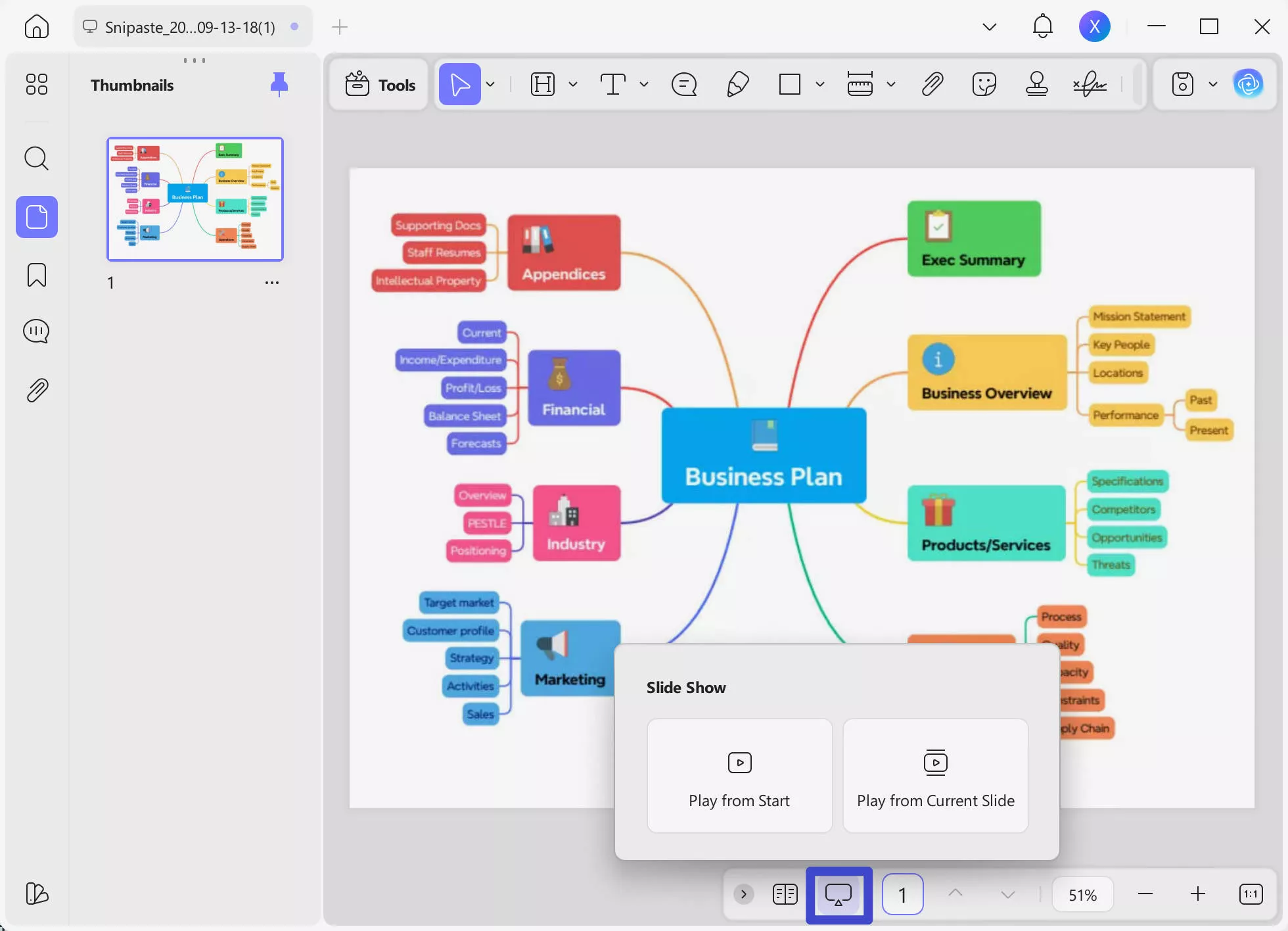
Step 6: Once done, you can save the file by clicking the narrow next to "Save" on the top right. Then click "Save as..." to save it.
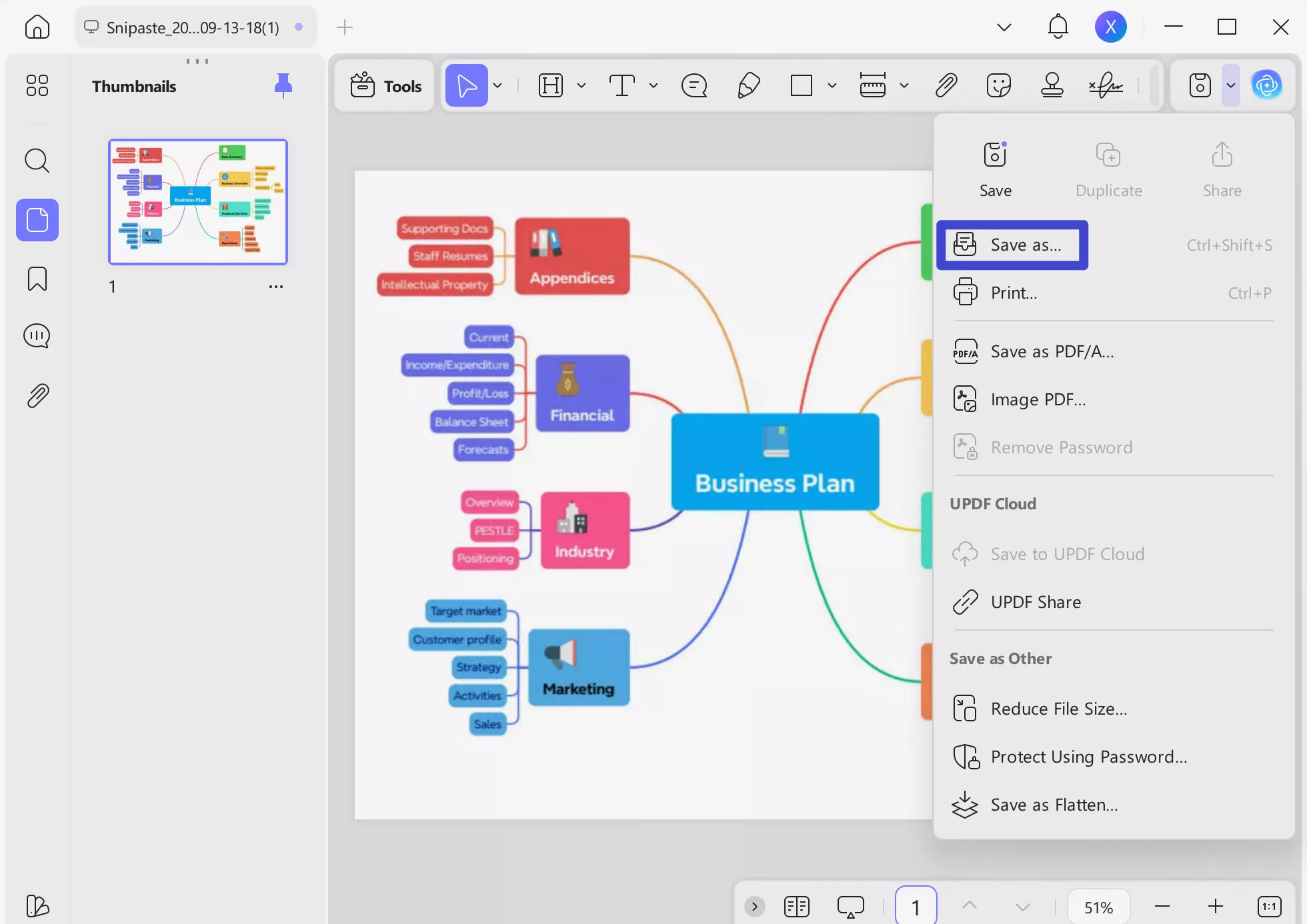
Your edited PDF will be saved to your device. Did you see how UPDF has made it easy to edit your PDF documents? It is not just limited to editing. You can use a ton of other PDF-related features to manage your documents and make your workflow even smoother. You can watch the below video to learn more about it.
Final Words
No doubt, XMind is a great app for creating mind maps, but if you want to share them with others easily, converting them to PDFs is a good option. We have explored two ways to convert XMind to PDF. You can either use the export feature in Xmind app, or use the XMind online version to save your mind maps as a PDF.
Once you have your mind map as a PDF, you can use UPDF to make it even better. UPDF allows you to present your mind map like a slideshow and even edit it if needed. Whether you're presenting your mind map to a team or just making some last-minute changes, UPDF is a helpful tool to have. Download it today!
Windows • macOS • iOS • Android 100% secure
 UPDF
UPDF
 UPDF for Windows
UPDF for Windows UPDF for Mac
UPDF for Mac UPDF for iPhone/iPad
UPDF for iPhone/iPad UPDF for Android
UPDF for Android UPDF AI Online
UPDF AI Online UPDF Sign
UPDF Sign Edit PDF
Edit PDF Annotate PDF
Annotate PDF Create PDF
Create PDF PDF Form
PDF Form Edit links
Edit links Convert PDF
Convert PDF OCR
OCR PDF to Word
PDF to Word PDF to Image
PDF to Image PDF to Excel
PDF to Excel Organize PDF
Organize PDF Merge PDF
Merge PDF Split PDF
Split PDF Crop PDF
Crop PDF Rotate PDF
Rotate PDF Protect PDF
Protect PDF Sign PDF
Sign PDF Redact PDF
Redact PDF Sanitize PDF
Sanitize PDF Remove Security
Remove Security Read PDF
Read PDF UPDF Cloud
UPDF Cloud Compress PDF
Compress PDF Print PDF
Print PDF Batch Process
Batch Process About UPDF AI
About UPDF AI UPDF AI Solutions
UPDF AI Solutions AI User Guide
AI User Guide FAQ about UPDF AI
FAQ about UPDF AI Summarize PDF
Summarize PDF Translate PDF
Translate PDF Chat with PDF
Chat with PDF Chat with AI
Chat with AI Chat with image
Chat with image PDF to Mind Map
PDF to Mind Map Explain PDF
Explain PDF Scholar Research
Scholar Research Paper Search
Paper Search AI Proofreader
AI Proofreader AI Writer
AI Writer AI Homework Helper
AI Homework Helper AI Quiz Generator
AI Quiz Generator AI Math Solver
AI Math Solver PDF to Word
PDF to Word PDF to Excel
PDF to Excel PDF to PowerPoint
PDF to PowerPoint User Guide
User Guide UPDF Tricks
UPDF Tricks FAQs
FAQs UPDF Reviews
UPDF Reviews Download Center
Download Center Blog
Blog Newsroom
Newsroom Tech Spec
Tech Spec Updates
Updates UPDF vs. Adobe Acrobat
UPDF vs. Adobe Acrobat UPDF vs. Foxit
UPDF vs. Foxit UPDF vs. PDF Expert
UPDF vs. PDF Expert




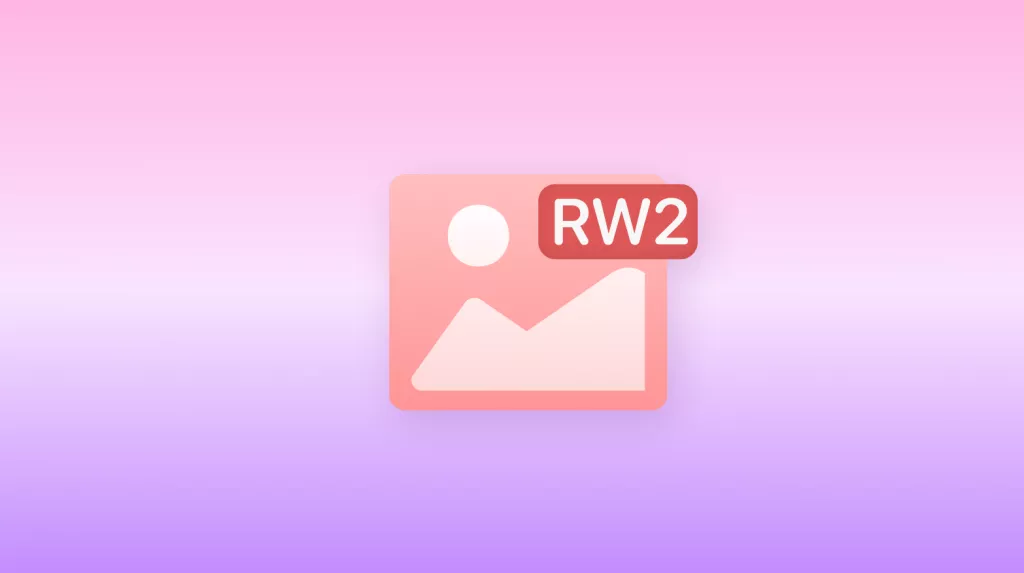

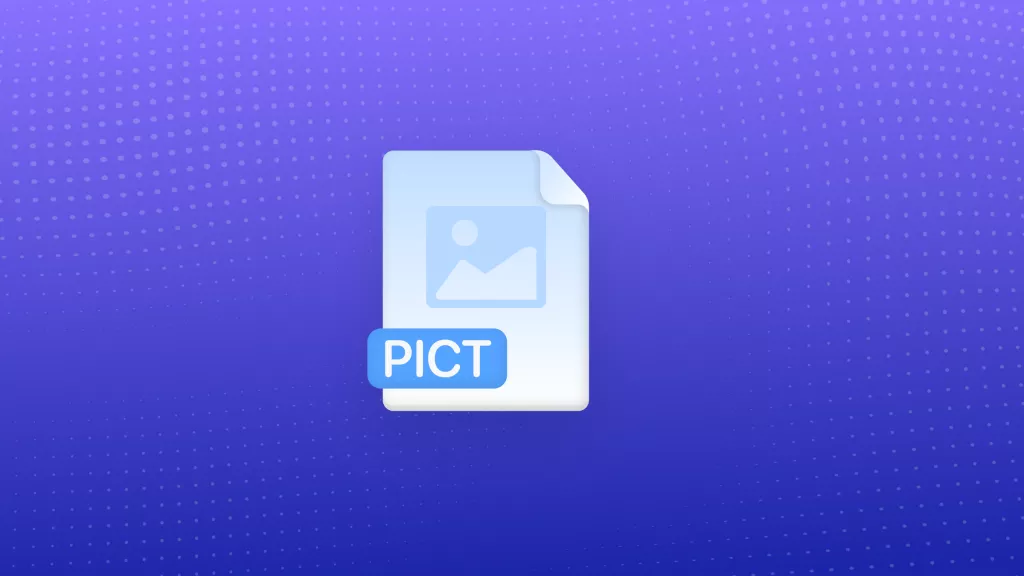

 Lizzy Lozano
Lizzy Lozano 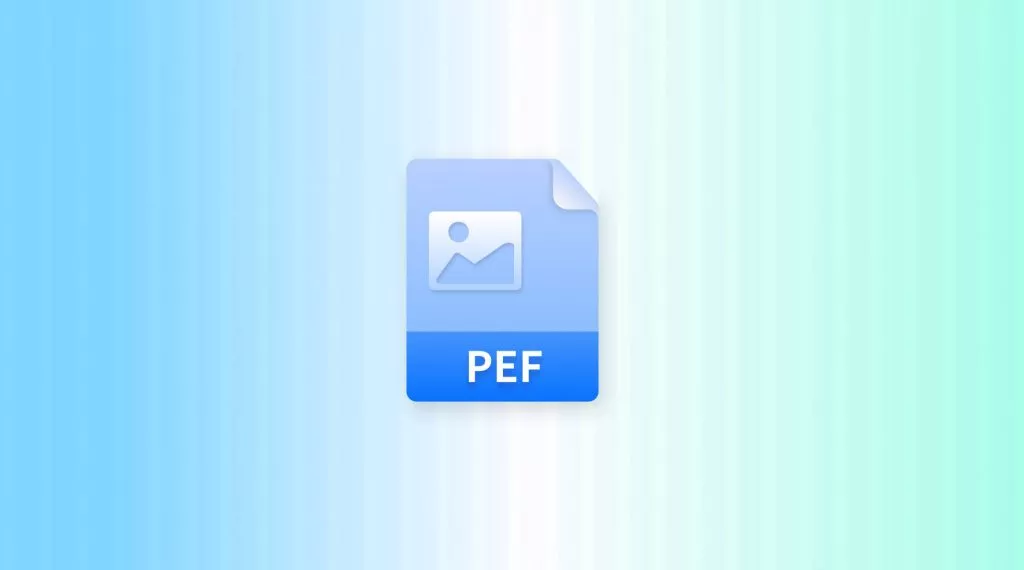
 Enola Miller
Enola Miller 


 Enid Brown
Enid Brown